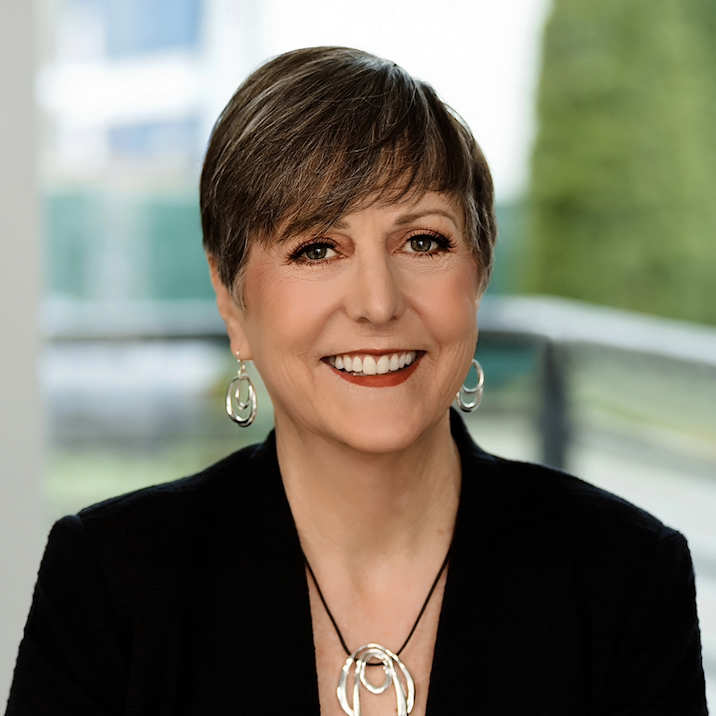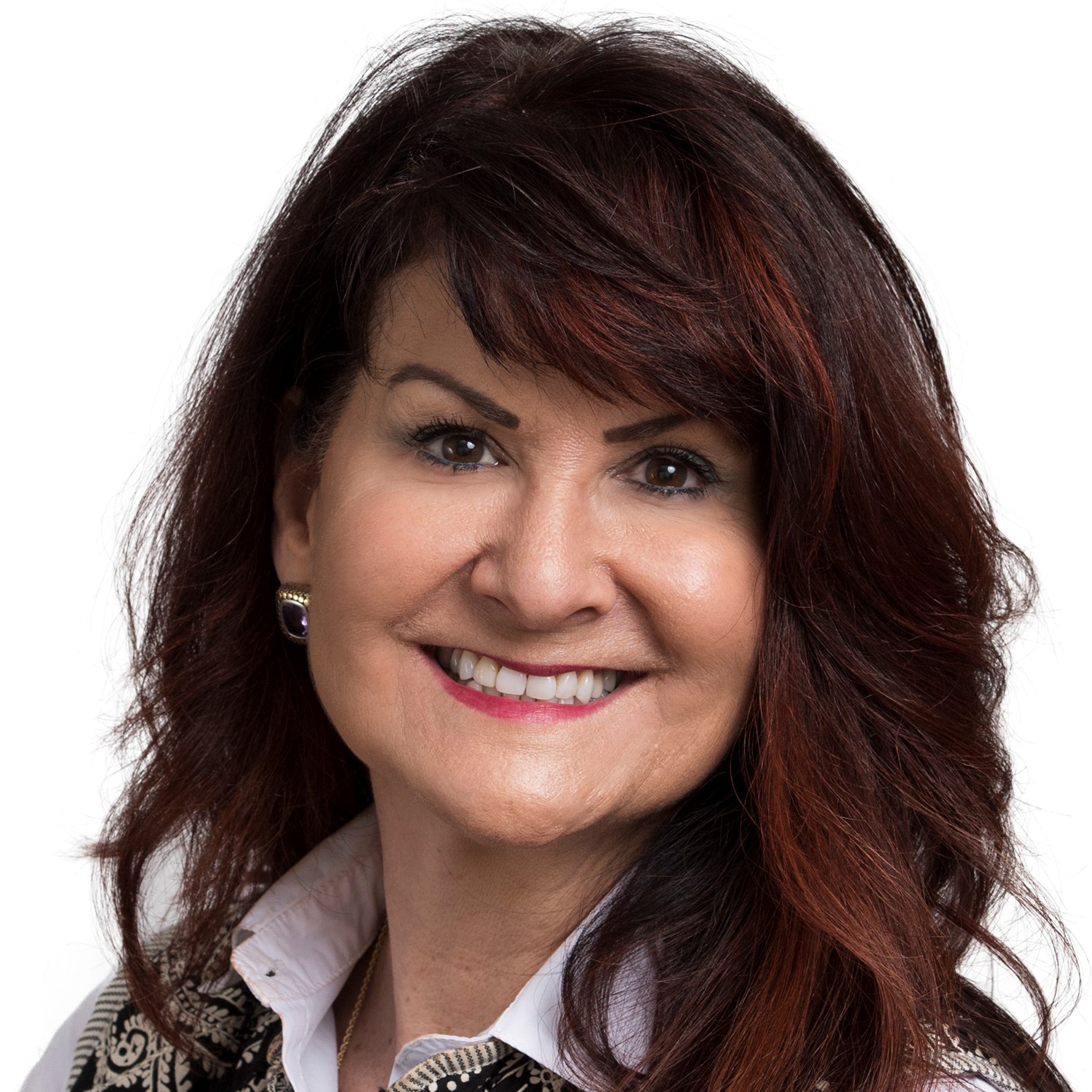Soaring interest rates for home loans have roiled the market, nearing 6% for a 30-year, fixed-rate note at this writing. That follows years of steady decline that saw rates hit record lows and a rapid rise in home prices nationwide to record highs.
Credit unions have seen their mortgage business grow since the recovery that followed the Great Recession, with average first-mortgage originations growing by more than 60% in the past 10 years.
So how are member-owned financial cooperatives, the lender of choice for millions of Americans, handling this sudden sea change as the Fed ratchets up interest rates to deal with inflation the likes of which we haven’t seen in four decades?
CreditUnions.com asked eight credit unions to share what they’re seeing and what they’re doing. Here’s what they had to say.
Read “How Credit Unions Are Coping With Surging Mortgage Rates (Part 2)” featuring insights from One Nevada Credit Union, Texas Trust Credit Union, Together Credit Union, and United FCU only on CreditUnions.com.
BECU

Lorraine Stewart is senior vice president of mortgage lending at BECU ($30.4B, Tukwila, WA), one of the nation’s largest member-owned financial cooperatives. She joined BECU in 2014. BECU has a real estate portfolio of about $9.7 billion, nearly 19% larger than at this point last year, and offers a wide range of mortgage and home buyer programs and education.
How have the interest rate increases affected your mortgage business?
Lorraine Stewart: Refinance applications at BECU are down about 60% year-over-year due to increased interest rates. The combination of higher interest rates with low levels of home affordability and availability has put some pressure on our purchase applications, too. Our members are competing in what is still very much a sellers’ market. While inventory is loosening up slightly, we’re seeing housing supply levels of less than four weeks in our primary markets.
What adjustments are you making in your lending practices and operations as a result?
LS: We are not tightening our underwriting standards in response to higher interest rates. Instead, we have broadened our jumbo lending limits to adapt to the rise in home prices and are looking at ways to optimize our First-Time Homebuyer Grant to continue helping our members as market and economic conditions continue to evolve.
What about home equity loans and lines? How much has that activity changed?
LS: While we’ve seen mortgage refinance application volumes drop over the past few months, there has also been a surge in home equity application volume. To keep up with that demand, we’ve shifted resources from our mortgage team over to our consumer lending team to help process those applications and maintain the excellent service levels our members rely on us to deliver.
Coastal FCU

Wendy Dawson has been vice president of mortgage lending at Coastal FCU ($4.8B, Raleigh, NC) for 13 years. The Research Triangle-based cooperative has a real estate portfolio of about $1.1 billion that’s grown by 1.2% since early last summer. Coastal offers a diverse lineup of mortgage services and products, including a new 105% loan-to-value note.
How have the interest rate increases affected your mortgage business?
Wendy Dawson: We’ve seen some contraction in the housing market in our lending footprint, primarily due to rising interest rates and the continued lack of inventory. Low rates over the past two years encouraged many people to either get into the market, buy a larger home, or refinance. Rates increasing, especially as quickly as they are, is deterring some buyers from purchasing.
However, we expect that even as the economic environment shifts, demand will continue to outpace supply, especially in our market. Experts say homes in the Research Triangle have been undervalued and rising prices here have reflected the market catching up to where it should be.
What adjustments are you making in your lending practices and operations as a result?
WD: Our goal has never been to grow quickly. Instead, we want to grow responsibly and sustainably while staying agile to react to evolving market conditions while meeting the needs of our members.
For instance, we developed the 105% loan-to-value mortgage to address the needs of first-time homebuyers and make it as easy as possible to enter the market. Also, due to the addition of new products and the growth in our construction-to-perm loans, Coastal has been able to shift employees who have been working on primary mortgages or refinances to other areas.
We’ll keep making changes as needed, but we do this regardless of the market conditions. For example, we noticed recently the percentage of the loans we sell to the government-sponsored enterprises (GSEs) has shifted. Wherever possible, we still work to service those loans so that our members continue to get the level of customer service they expect from Coastal.
Also, all lenders that sell in the secondary markets have seen non-interest income decline in 2022, and rapidly rising interest rates have created a challenging environment. We view that as an opportunity to retain more loans in our portfolio, which will, in turn, generate longer-term value and position us for future growth.
What about home equity loans and lines? How much has that activity changed?
WD: We’ve always offered closed-end and home equity loans. We’ve seen a contraction in that part of our business, especially given the lack of inventory the Triangle is currently facing.
Franklin Mint FCU

Marty Burke has been with Franklin Mint FCU ($1.6B, Chadds Ford, PA) since 1998 and served as its vice president/mortgage development officer since 2002.
The Keystone State cooperative offers fixed and adjustable-rate (ARM) mortgages and a first-time homebuyer program, as well as a non-QM product for members who don’t qualify under standard underwriting criteria. Mortgages represent 36% of the credit union’s lending portfolio. Real estate loans there have grown by about 12% in the last year to total about $735 million.
How have the interest rate increases affected your mortgage business?
Marty Burke: With interest rates rising more than 2.5 percentage points in the past 160 days, volume has been significantly impacted. It’s primarily a purchase market with nearly 90% of production being for a purchase-money mortgage.
We’ve also seen significantly reduced gains from secondary market sales that had been realized over the past two years due to the lower interest rate environment and the overwhelming demand for refinances.
What adjustments are you making in your lending practices and operations as a result?
MB: We’ve begun to offer an attractively priced 5/5 ARM that allows a 10% down payment with no PMI. We follow standard secondary market underwriting guidelines. With a recession becoming more likely, borrowers taking an ARM or a fixed-rate mortgage may have an opportunity to refinance at a lower rate in the near future.
Our staffing levels have remained nearly the same. We had a processor resign and did not need to replace that position. If someone was to leave, we would discuss the need for imminent replacement should loan demand and volume remain suppressed.
What about home equity loans and lines? How much has that activity changed?
MB:FMFCU offers HELOCs and fixed-rate home equity installment loans, and recent demand has been tremendous. Rising rates have caused a shift away from first mortgages to home equity loan options. We’ll see if that trend continues as rates rise across the board for all loan types.
Greater Texas FCU

Ben Teske is EVP/chief lending officer at Greater Texas FCU ($981.9M, Austin, TX). He joined the cooperative in 2019 and directs a loan portfolio of about $726 million that has grown by nearly 19% year-over-year and is 31% comprised of mortgages.
The Austin-based cooperative offers fixed conventional and non-conventional mortgages, FHA, VA, USDA, and adjustable-rate home loans.
How have the interest rate increases affected your mortgage business?
Ben Teske: Our mortgage lending has significantly shifted in the first half of this year. Our first-mortgage activity has moved almost exclusively to purchase transactions, though at substantially lower levels than in the previous few years. We’re experiencing a large increase in home equity loans as members cash out the built-up equity in their homes before rates get any higher.
The loans we’re underwriting are much more profitable, so we haven’t needed to make any changes to grow or attract those loans at this time. We’re fortunate to have continued growth and demand in the markets that we serve. Low inventory has impacted us more in this regard than increased mortgage rates.
What adjustments are you making in your lending practices and operations as a result?
BT: We’ve made a few changes to our mortgage loans recently to adjust to the current environment. We have raised the minimum FICO scores and tightened our debt-to-income requirements for our tier two, lower-FICO borrowers. We’ve made these changes to begin limiting exposure in our current economic environment and the possible market slowdown of appreciating home values.
We decided several years ago to partner with a mortgage CUSO to assist us with origination, processing, closing, and servicing the largest part of our mortgage portfolio. It’s served us well to outsource these services so that we don’t have high-paid professionals on staff, nor do we need to restructure during slow times or quickly staff up during busy times like the refi booms of 2020 and 2021.
What about home equity loans and lines? How much has that activity changed?
BT: We do offer home equity loans, which have picked up quite a bit. Our home equity portfolio has grown 15% year-over-year, 10% year-to-date, and 20% annualized. So a substantial amount of that growth has occurred during this period of frequent rate increases.
These interviews have been edited and condensed.